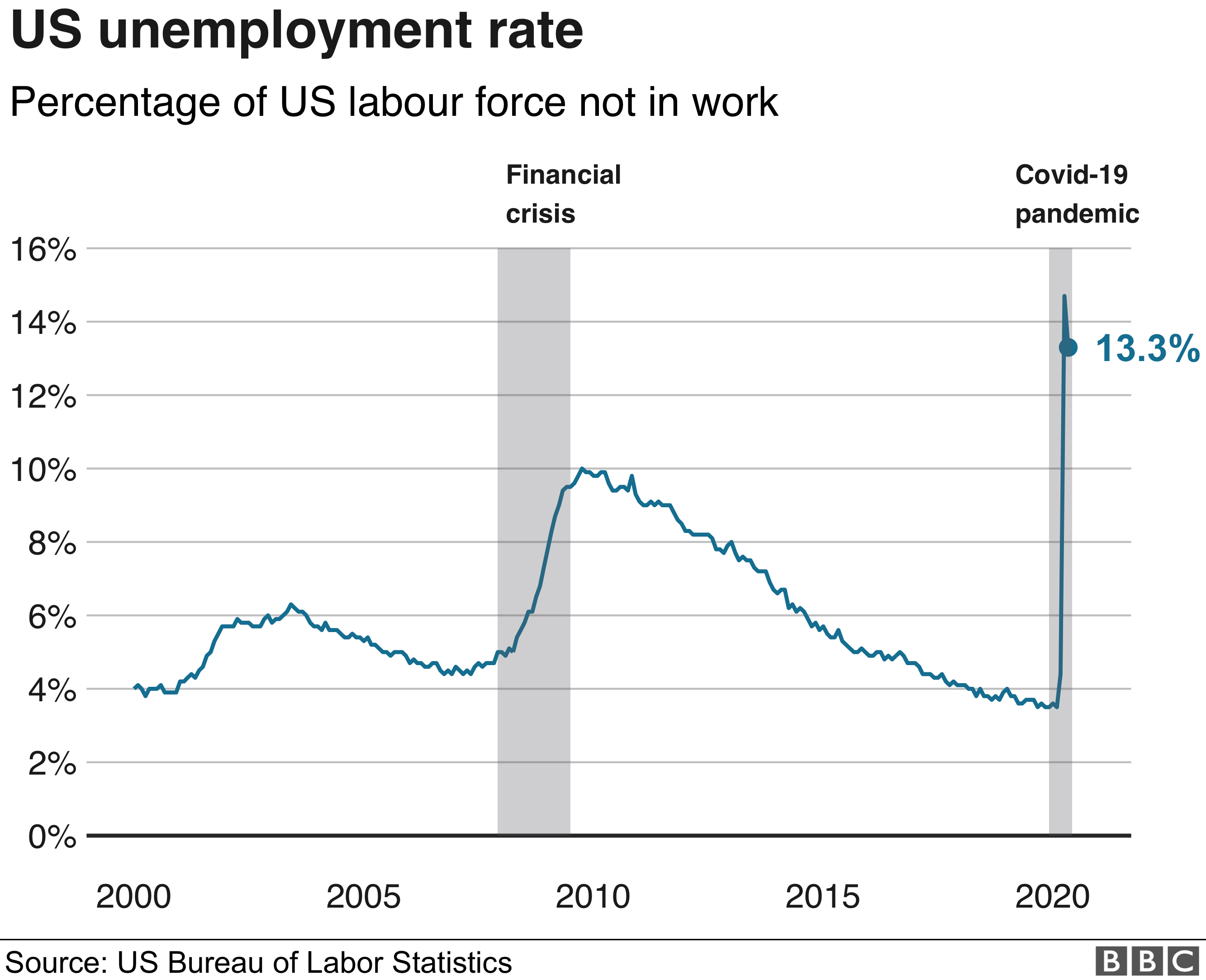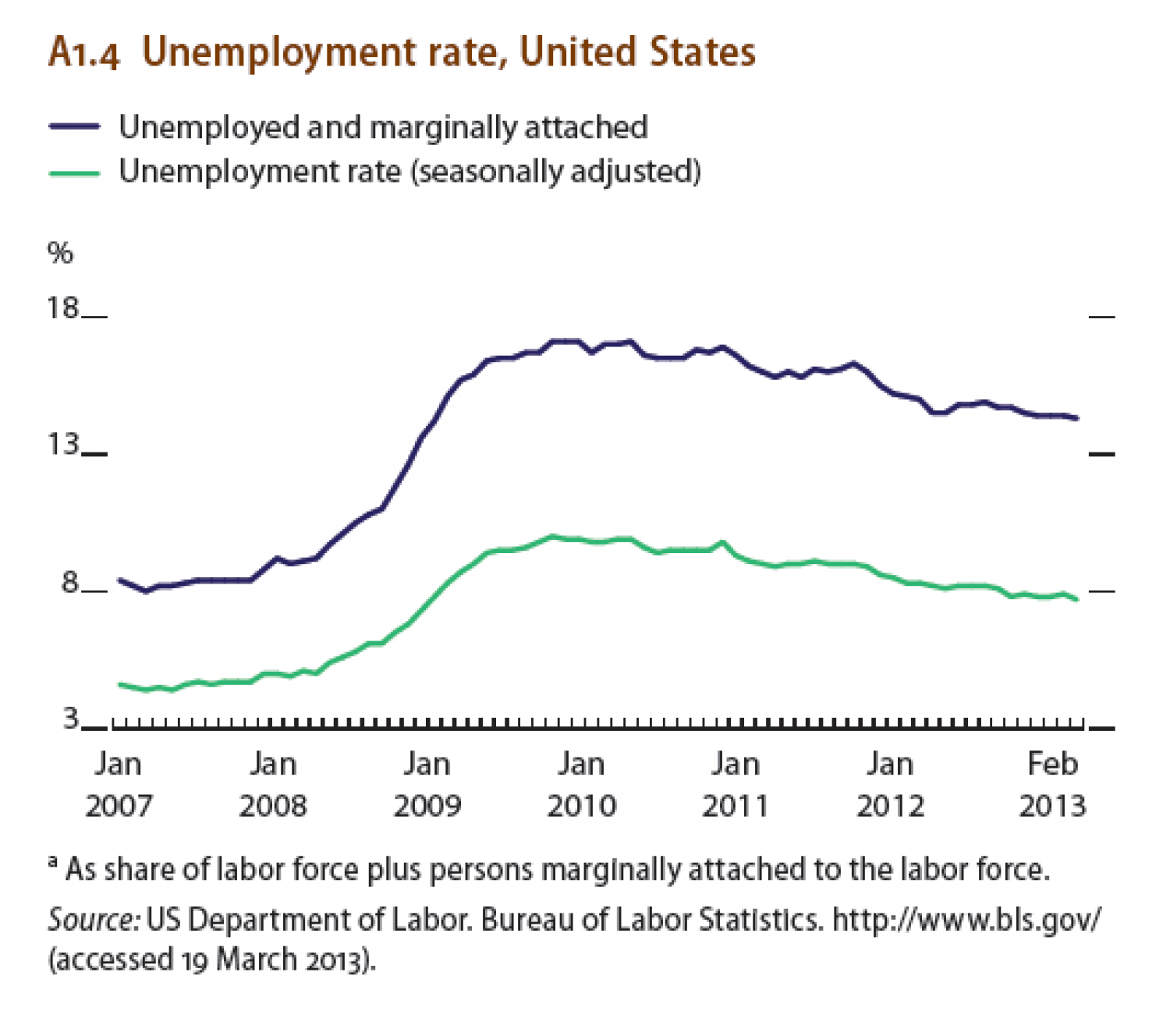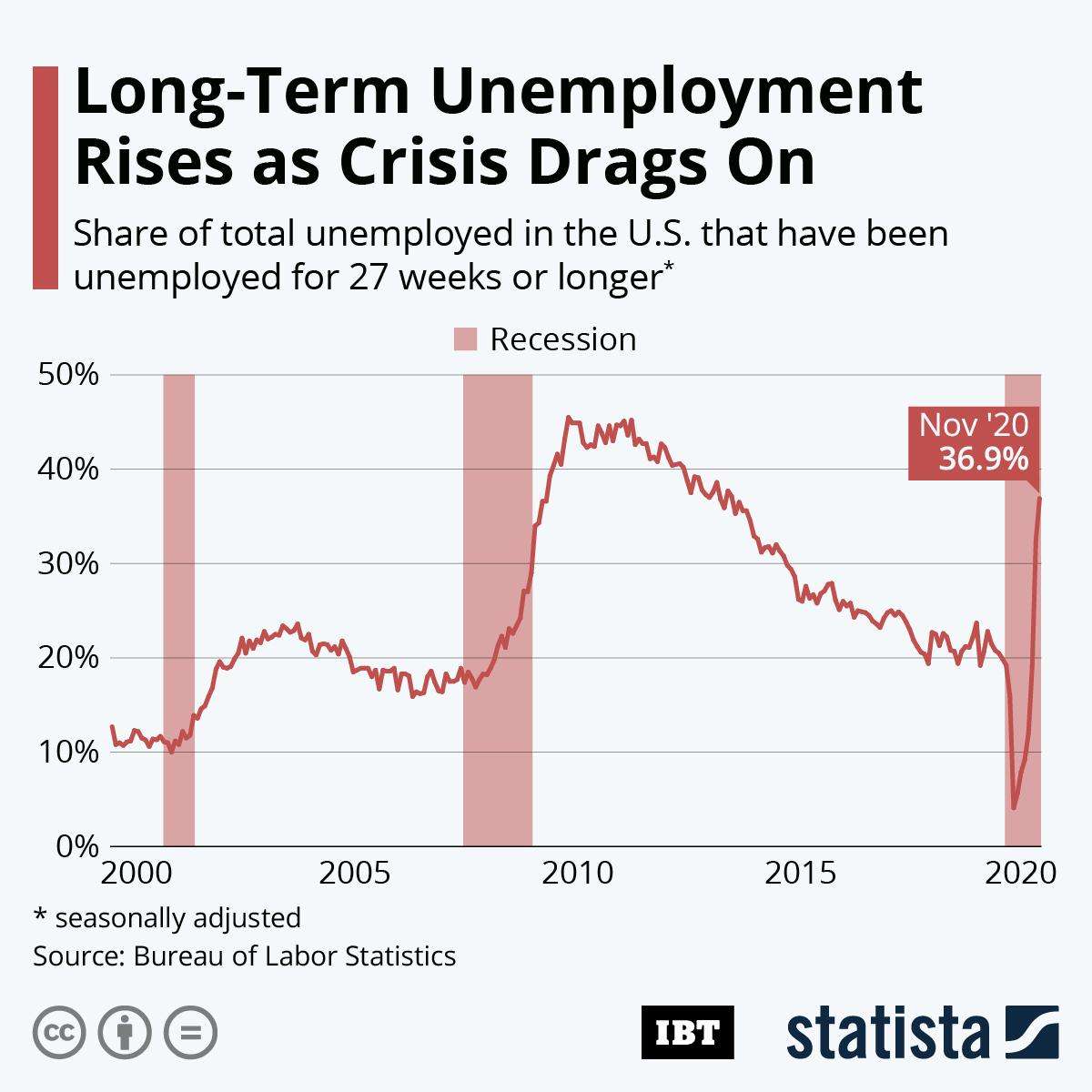Unemployment In The United States
Unemployment in the United States discusses the causes and measures of U.S. unemployment and strategies for reducing it. Job creation and unemployment are affected by factors such as economic conditions, global competition, education, automation, and demographics. These factors can affect the number of workers, the duration of unemployment, and wage levels.
South Carolina Unemployment Rate
Trade, transportation, and utilities make up the largest sector in South Carolina by employment, comprised of more than 430,000 jobs. Despite this, finance, insurance & real estate is the most profitable industry in the Palmetto State, in terms of GDP. While not the largest workforce, manufacturing in South Carolina still accounts for approximately 248,000 employees.
- Unemployment Historic High/Low:
- Historic High: 12.1
- Historic Low: 2.4
- Current unemployment: 3.3
Energy Policy And Carbon Price Certainty
Various studies place the cost of environmental regulations in the thousands of dollars per employee. Americans are split on whether protecting the environment or economic growth is a higher priority. Regulations that would add costs to petroleum and coal may slow the economy, although they would provide incentives for clean energy investment by addressing regulatory uncertainty regarding the price of carbon.
President Obama advocated a series of clean energy policies during June 2013. These included: Reducing carbon pollution from power plants Continue expanding usage of clean energy raising fuel economy standards and energy conservation through more energy-efficient homes and businesses.
You May Like: How Do I Sign Up For Unemployment In Ohio
Seasonally Adjusted Unemployment Rate Chart 1948
Current US Unemployment Rate Chart
Unemployment is below several previous lows of 1960, 1973, 1979, 1989, and 2006-7. This means that unemployment has left the extraordinarily bad i.e., red zone and has entered the green zone in the chart above. Interestingly, this may be a factor in increasing inflation pressures.
Before the COVID-19 spike, February 2020s 3.5% Seasonally Adjusted U-3 unemployment levels were excellent i.e., just a hair above the 1969 lows of 3.4%. The only break below 3.4% was all the way back in 1953 . The COVID worldwide spike took unemployment to unprecedented high levels but unemployment is now back within the excellent range.
How Do I Apply

To receive unemployment insurance benefits, you need to file a claim with the unemployment insurance program in the state where you worked. Depending on the state, claims may be filed in person, by telephone, or online.
- You should contact your state’s unemployment insurance program as soon as possible after becoming unemployed.
- Generally, you should file your claim with the state where you worked. If you worked in a state other than the one where you now live or if you worked in multiple states, the state unemployment insurance agency where you now live can provide information about how to file your claim with other states.
- When you file a claim, you will be asked for certain information, such as addresses and dates of your former employment. To make sure your claim is not delayed, be sure to give complete and correct information.
- It generally takes two to three weeks after you file your claim to receive your first benefit check.
Recommended Reading: Do I Have To Apply For Unemployment
Current Unemployment Rates For States And Historical Highs/lows
Current Unemployment Rates for States and Historical Highs/Lows, SeasonallyAdjustedState
Preliminary
Note: Rates shown are a percentage of the labor force. Data refer to place of residence. Seriesbegin in January 1976. Historical highs and lows show the most recent month that a rate wasrecorded in the event of multiple occurrences. Estimates for at least the latest five years aresubject to revision early in the following calendar year. Estimates for the current month aresubject to revision the following month.
July 22, 2022
How Is The Unemployment Rate Calculated
The U.S. Bureau of Labor Statistics calculates unemployment as the percentage of the eligible workforce not currently employed. Eligible workers are those age 16 or older who were available to work full time and actively looked for work in the past four weeks. Temporarily laid-off workers are also counted.
Also Check: How To Make Money Under The Table While Unemployed
How To Get Cobra
Group health plans must give covered employees and their families a notice explaining their COBRA rights. Plans must have rules for how COBRA coverage is offered, how beneficiaries may choose to get it and when they can stop coverage. For more COBRA information, see COBRA Continuation Coverage. The page links to information about COBRA including:
Job Growth Projections 20162026
The U.S. Bureau of Labor Statistics reported on October 24, 2017 its projections of job growth by industry and job type over the 20162026 period. Healthcare was the industry expected to add the most jobs, driven by demand from an aging population. The top three occupations were: personal care aides with 754,000 jobs added or a 37% increase home health aids with 425,600 or 47% and software developers at 253,400 or 30.5%.
BLS also reported that: “About 9 out of 10 new jobs are projected to be added in the service-providing sector from 2016 to 2026, resulting in more than 10.5 million new jobs, or 0.8 percent annual growth. The goods-producing sector is expected to increase by 219,000 jobs, growing at a rate of 0.1 percent per year over the projections decade.” BLS predicted that manufacturing jobs would decline by over 700,000 over that period.
Read Also: How To Claim Taxes On Unemployment
New Jersey Unemployment Rate
New Jersey’s biggest industry by employment is healthcare, which has continued to grow ever since 1990. Second is retail trade, which accounts for roughly 13% of the Garden State’s workforce, though a significant portion are seasonal or part-time workers.
- Unemployment Historic High/Low:
- Historic High: 15.8
- Historic Low: 3.2
- Current unemployment: 3.9
South Dakota Unemployment Rate
Agricultural production is one of the most prominent sectors in the South Dakota economy, though most of the state’s workforce is actually employed in the service industry. At times the tourism industry in the Mount Rushmore State has been nearly equal to to the agriculture sector due to its many notable attractions, including that iconic carved mountain.
- Unemployment Historic High/Low:
- Historic High: 8.8
- Historic Low: 2.3
- Current unemployment: 2.3
Also Check: What Pays More Disability Or Unemployment
What Is The Payroll Survey And Why Is It Likely To Be Less Useful Than Usual
The payroll survey is a survey of 145,000 businessesemploying about one third of all workers on nonfarm payrolls. The payroll survey tends to have difficulty when the economy is at a turning point, as is the case now. To create the sample to be surveyed, the BLS picks firms from the universe of firms that have unemployment insurance tax accounts. However, new firms do not enter the BLS sample universe right away, and the BLS can have difficulty distinguishing non-response from a firm closure in real time. Since the net contribution of jobs created at new firms and jobs destroyed at closing firms is typically small, the BLS assumes that nonresponding firms have the same change in employment as occurred at firms that responded. It then uses a model, called the net birth-death model, to forecast the residual between that imputation and the actual data. This model tends to overestimate employment growth when the economy is weakening and underestimate it when the economy is improving. And while the model error is typically small, it can, on occasion, be large.
If, as a result of the pandemic, an unusually large number of firms are closing and few are opening, it seems possible that even the dramatic decline in employment that we are likely to see will underestimate the true extent of job loss.
Comparison Of Employment Recovery Across Recessions And Financial Crises

One method of analyzing the impact of recessions on employment is to measure the period of time it takes to return to the pre-recession employment peak. By this measure, the 20082009 recession was considerably worse than the five other U.S. recessions from 1970 to present. By May 2013, U.S. employment had reached 98% of its pre-recession peak after approximately 60 months. Employment recovery following a combined recession and financial crisis tends to be much longer than a typical recession. For example, it took Norway 8.5 years to return to its pre-recession peak employment after its 1987 financial crisis and it took Sweden 17.8 years after its 1991 financial crisis. The U.S. is recovering considerably faster than either of these countries.
- U.S. unemployment rate for 2020 was 8.31%, a 4.64% increase from 2019.
- U.S. unemployment rate for 2019 was 3.67%, a 0.23% decline from 2018.
- U.S. unemployment rate for 2018 was 3.90%, a 0.46% decline from 2017.
- U.S. unemployment rate for 2017 was 4.36%, a 0.51% decline from 2016.
| U.S. Unemployment Rate â Historical Data |
|---|
| Year |
You May Like: Do I Need To Put Unemployment On My Taxes
Where Do The Data On Unemployment Come From
Data on unemployment are collected every month in the Current Population Survey , a survey of about 60,000 households, conducted by the Census and the BLS every month, which includes roughly 105,000 people ages 16 and older. The questions about unemployment refer to what people were doing during the week that includes the 12th of the month, known as the reference weekso the survey to be released on Friday, March 4, 2021 will cover the week of February 8, 2021. The CPS is referred to as the household survey, to distinguish it from the establishment survey, which counts the number of people on employer payrolls.
Rhode Island Unemployment Rate
Following the American Revolution, Rhode Island had a prominent manufacturing sector. Deindustrialization eventually led to the decline of manufacturing, which was slowly replaced with a more service-based economy. Healthcare and social assistance is the dominant industry in Rhode Island.
- Unemployment Historic High/Low:
- Historic High: 18.4
- Historic Low: 2.7
- Current unemployment: 2.9
Recommended Reading: Can You Get Your W2 Online From Unemployment
New York Unemployment Rate
If you’ve either visited the Big Apple or called it home, it’s easy to think everyone in the U.S. lives there. However, although NYC does have the largest population of any U.S. city, New York itself is only the fourth most populous state. Even so, many significant industries in N.Y.such as financial servicesare based primarily in the Big Apple. Regarding the latter, NYC is the home of Wall Street and the New York Stock Exchange, currently the world’s largest stock market.
- Unemployment Historic High/Low:
- Historic High: 16.5
- Historic Low: 3.7
- Current unemployment: 4.4
Persons With Multiple Jobs
The BLS reported that in 2017, there were approximately 7.5 million persons age 16 and over working multiple jobs, about 4.9% of the population. This was relatively unchanged from 2016. About 4 million worked a full-time primary job and part-time secondary job. A 2020 study based on a Census Bureau survey estimated a higher share of multiple jobholders, with 7.8% of persons in the U.S. working multiple jobs as of 2018 the study found that this percentage has been trending upward during the past twenty years and that earnings from second jobs are, on average, 27.8% of a multiple jobholderâs earnings.
Also Check: Make Money While Unemployed
Don’t Miss: What Is The Unemployment Percentage In The United States
Solutions For Creating More Us Jobs
A variety of options for creating jobs exist, but these are strongly debated and often have tradeoffs in terms of additional government debt, adverse environmental impact, and impact on corporate profitability. Examples include infrastructure investment, tax reform, healthcare cost reduction, energy policy and carbon price certainty, reducing the cost to hire employees, education and training, deregulation, and trade policy. Another suggestion is to have the government become the employer of last resort. A job guarantee would maintain labor market stability and real full employment just as it is responsible for the stability of the financial sector. Authors Bittle & Johnson of Public agenda explained the pros and cons of 14 job creation arguments frequently discussed, several of which are summarized below by topic. These are hotly debated by experts from across the political spectrum.
District Of Columbia Unemployment Rate
Although technically a city, the BLS still records a state unemployment rate for the District of Columbia. While it may come as little surprise that the U.S. capital’s workforce is heavily represented in its government sector, the professional and business services industry has actually been the largest and fastest growing sector from 2019 to 2020. It also has the highest population density in the country, when compared to the 50 states.
- Unemployment Historic High/Low:
- Historic High: 11.3
- Historic Low: 4.7
- Current unemployment: 5.7
Recommended Reading: What Is The Best Health Insurance For Unemployed
What Job Creation Rate Is Required To Lower The Unemployment Rate
Estimates
Estimates vary for the number of jobs that must be created to absorb the inflow of persons into the labor force, to maintain a given rate of unemployment. This number is significantly affected by demographics and population growth. For example, economist Laura DâAndrea Tyson estimated this figure at 125,000 jobs per month during 2011.
Economist Paul Krugman estimated it around 90,000 during 2012, mentioning also it used to be higher. One method of calculating this figure follows, using data as of September 2012: U.S. population 314,484,000 x 0.90% annual population growth x 63% of population is working age x 63% work force participation rate / 12 months per year = 93,614 jobs/month. This approximates the Krugman figure.
Federal Reserve analysts estimated this figure around 80,000 in June 2013: âAccording to our analysis, job growth of more than about 80,000 jobs per month would put downward pressure on the unemployment rate, down significantly from 150,000 to 200,000 during the 1980s and 1990s. We expect this trend to fall to around 35,000 jobs per month from 2016 through theremainder of the decade.â
Empirical data
During the 41 months from January 2010 to May 2013, there were 19 months where the unemployment rate declined. On average, 179,000 jobs were created in those months. The median job creation during those months was 166,000.
New Hampshire Unemployment Rate

New Hampshire has a long history as a manufacturing state, specifically with the production of paper and grain. As the use of mills began to decline over the 20th century, the Granite State turned to more traditional manufacturing. Although modern manufacturing has become far more high-tech, it still remains the biggest sector of New Hampshire’s economy.
- Unemployment Historic High/Low:
- Historic High: 16.2
- Historic Low: 2.1
- Current unemployment: 2.1
You May Like: Where Can I Use My Unemployment Debit Card
How Does Unemployment Rate Affect Everyone
The unemployment rate, if high, suggests individuals are having a difficult time finding jobs. Unemployment can negatively affect the economy and households. Specially, purchasing power and disposable income will decline. This can put negative pressure on the economy and lead to consumer spending reductions and decreased output by companies.
Income And Other Inequalities
Studies from CDC and others have shown a correlation3 between obesity and poverty. In this Colab notebook , we explore the relation between poverty, unemployment and obesity. Unfortunately, many other medical conditions are inversely correlated with economic well being.
Explore the relation between these variables for counties across the US:
Life expectancy across Europe Life is getting better in Europe, with high life expectancy in addition to decreasing crime. People are living healthier as well and smoking less. However, some economies just have more ups and downs than others. Additionally,fertility rates have come down quite a bit, though not as much as inthese places.
1. RCP 2.6 , represents a stringent mitigation scenario, while RCP 8.5 represents a scenario with very high Greenhouse Gas emissions. Source: IPCC
Environmental health : a global access science source vol. 16,1 32. 4 Apr. 2017, doi:10.1186/s12940-017-0238-0
3. Correlation does not imply causation. See this guide for more on correlation.
Recommended Reading: How Long Does It Take Unemployment To Direct Deposit
Unemployment Rate By City
State Benefits Facts: The labor force does not include anyone younger than 16 years of age, anyone in institutions such as nursing homes, prisons, or are active duty in the Armed Forces.
Effects On Health And Mortality
Unemployment can have adverse health effects. One study indicated that a 1% increase in the unemployment rate can increase mortality among working-aged males by 6%. Similar effects were not noted for women or the elderly, who had lower workforce attachment. The mortality increase was mainly driven by circulatory health issues . Another study concluded that: âLosing a job because of an establishment closure increased the odds of fair or poor health by 54%, and among respondents with no preexisting health conditions, it increased the odds of a new likely health condition by 83%. This suggests that there are true health costs to job loss, beyond sicker people being more likely to lose their jobs.â Extended job loss can add the equivalent of ten years to a persons age.
Studies have also indicated that worsening economic conditions can be associated with lower mortality across the entire economy, with slightly lower mortality in the much larger employed group offsetting higher mortality in the unemployed group. For example, recessions might include fewer drivers on the road, reducing traffic fatalities and pollution.
Don’t Miss: When Will Extra 300 Unemployment Start
